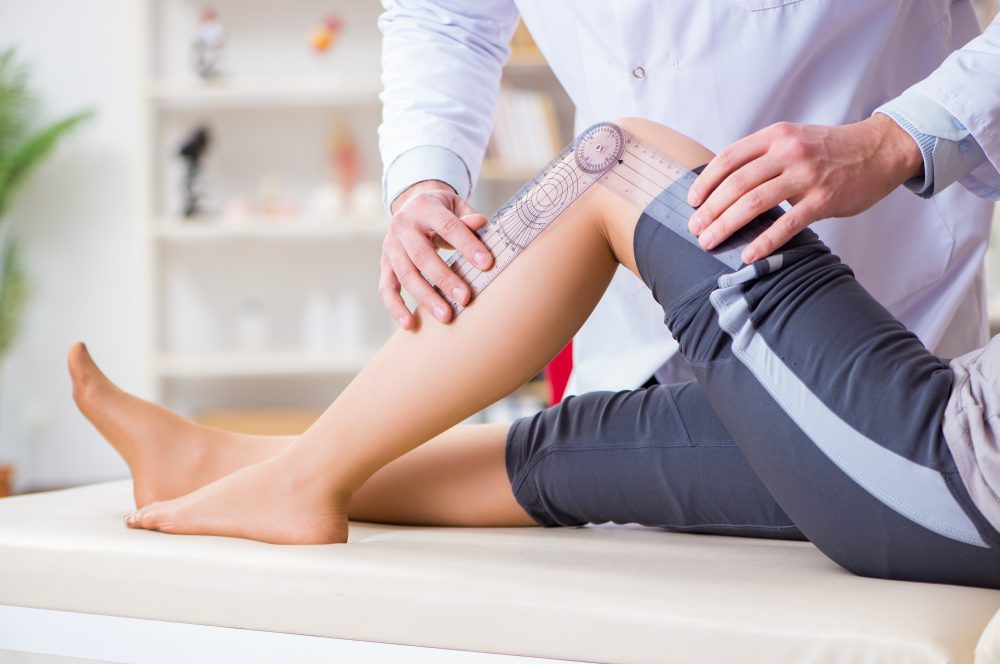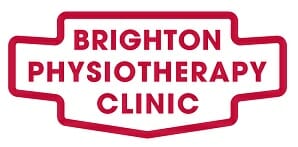Physiotherapy Rooms in Brighton, East Sussex
Physiotherapy Rooms
Physiotherapy is often the best option for naturally healing and relieving pain when dealing with injuries and enhancing performance.
If you plan to undergo physical therapy soon, or your past experiences with physical therapy are limited, you might want to know what a physiotherapy room is like, and the sort of equipment to expect to find there for the healing and recovery process.Similar to the way you wouldn’t subscribe to a gym with outdated and worn out equipment, modern and versatile equipment offers the best recovery treatment for patients, and is mandatory in physiotherapy rooms.
Rehabilitation and fitness equipment can influence the quality and duration of your recovery positively.Selecting equipment is a delicate task for physiotherapy clinics – they must consider the various treatment and rehabilitation stages. Equipment such as treadmills, treatment tables, and even exercise balls are must-haves for physiotherapy clinics. The clinic must also keep to their budget in acquiring space conscious and versatile equipment.
What Is Inside a Physiotherapy Room?
Electrotherapy Equipment
This is also known as e-stim, or electrical muscle stimulation. It is used for analgesic stimulation, muscle strengthening, and tissue regeneration. It works by delivering electrical impulses to a patient’s body, and it can also be used to create biofeedback.
Therapeutic Ultrasound
Therapeutic ultrasound is used to aid soft tissue repair. It also provides patients with biofeedback on muscle contraction in the pelvic floor and abdominal area.
Some benefits of Therapeutic Ultrasound
- Facilitates and improves healing.
- Promotes tissue relaxation.
- Helps in tissue heating.
- Enhances local blood flow.
- Breaks down scar tissue.

Treatment Tables
All physiotherapy rooms must have them. The sturdy type provides enough comfort and promotes relaxation while hands-on physical therapy techniques are carried out. Effective manipulation of the body parts and organs is essential when choosing a treatment table, in order to achieve the precise positioning required for treating injuries and providing pain relief.
Treadmills
These help to get the blood flowing. The physiotherapist also uses the treadmill to assess a patient’s range of motion, posture, and gait. A thorough examination of strength, movement patterns, and flexibility is done using an individualised run analysis. This helps create custom physical therapy programs, and training plans, for all types of patients.
Exercise Balls
These are used for stretching, and they facilitate the rehabilitation of injured areas of the body.
Just like many other tools employed in physiotherapy treatment, exercise balls perform multiple functions, and can offer different difficulty levels best suited for the patient’s condition.
Exercise Bikes
These are stationary, low-impact fitness tools that help the patient build strength and stay healthy. Riding an exercise bike will help improve flexibility and alleviate pain symptoms, and this helps you remain active throughout the healing process.
Pilates Reformer
Although they are primarily for a pilates workout, the pilates reformer is frequently used in many physical therapy clinics due to their minimal impact and easily adjustable intensity to fit a patient’s condition.
They are good for core work, lower body work, and upper body workout. This is very effective in helping patients do more squats by building strength in the leg, especially for people who can’t stand to perform squats because of the pain involved. The pilates reformer helps patients do a custom leg press and it also helps patients progress to more active exercises.
TRX Suspension System
This is a piece of versatile equipment used in suspension training, which is suitable for people of all age groups and safe for all stages of rehabilitation. You can set things to be simple or challenging with the TRX according to your personal needs and condition. It is great for targeting the lower body, such as patients with pain in the knee, as it helps them do lots of assisted squats. It also targets the upper body, for patients with shoulder issues, as it helps to focus on shoulder blade strengthening. The TRX system is simple, portable, and ideal for core work.
Resistance Bands
These are versatile and portable tools used by physical therapists, alongside other methods, to treat injuries due to their ability to target major groups of muscles. They are small, thick tools which allow continuous progress through the exercise program by increasing your levels and adding resistance, while constantly challenging you without additional weights.

InBody Composition Analyser
This machine is great for patients whose physical therapy goal is to gain weight or build strength. The InBody Composition Analyser can help structure a training regime and nutrition plan by providing really important data. Your basal rate of metabolism, which refers to the quantity of calories you burn while you rest, is calculated by the InBody Composition Analyser.
This is very important information to note before your workout as it will help you get a balance between how much you should eat and how much you should burn. If you suffer from chronic pain caused by an injured leg, then most likely there will be changes in terms of muscle mass.
Objective data, used to check if the right elements are focused on during the course of your rehabilitation in order to make the necessary adjustment to sufficiently challenge your body, is provided by the InBody Composition Analyser.
The analyser works with the aid of an electrical current created by two sensors, which are placed on both hands and feet. The patient is made to stand on a scale-like surface and current passes through the body to determine how much of the weight is muscle, how much of it is bone, and how much of is it fat.
Rooms FAQ’s
We ensure your privacy at all times.
